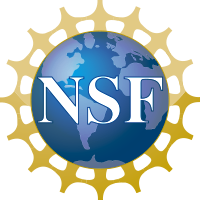Welcome to the four new and one continuing SSC members!
Jason Graff (Oregon State Univ.) (2027) Biooptics, satellite remote sensing
Bror Jönsson (Univ. New Hampshire) (2027) – biological production across land-open ocean continuum, coastal ocean acidification, interactions between physical dynamics in the upper ocean and biological production, phytoplankton dynamics, and air-sea exchange, connectivity combining observations, analysis of large dataset, remote sensing and algorithm development
Jonathan Lauderdale (Massachusetts Inst. of Technology) (2027) – biogeochemistry, global carbon, nutrient, and trace metal cycles, past climates, physical oceanography, and processes occurring in high latitude regions such as the Southern Ocean.
Sarah Mincks (Univ. Alaska Fairbanks) (2027) benthic-pelagic coupling, marine organism-mediated carbon cycling
Shaily Rahman (Univ Colorado, Boulder) (2027, second term) – marine biogeochemistry and sedimentary processes
Thank you to Jeff Bowman (SIO), Susanne Craig (NASA GSFC), Tim DeVries (UCSB), and Zachary Erickson (NOAA PMEL) for your OCB work over the past three years!

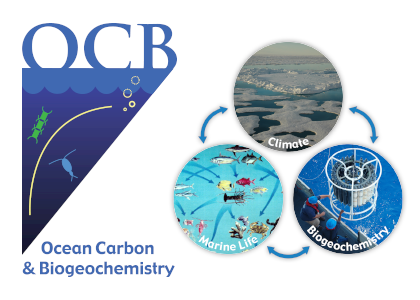
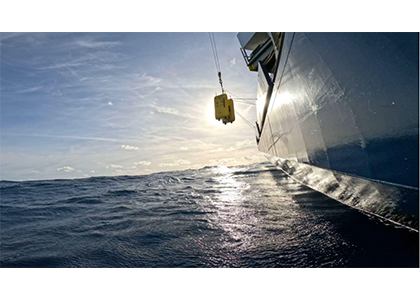


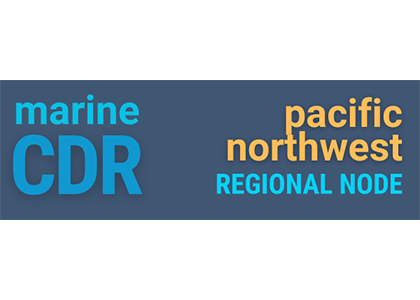


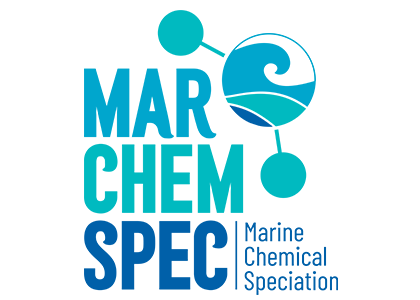

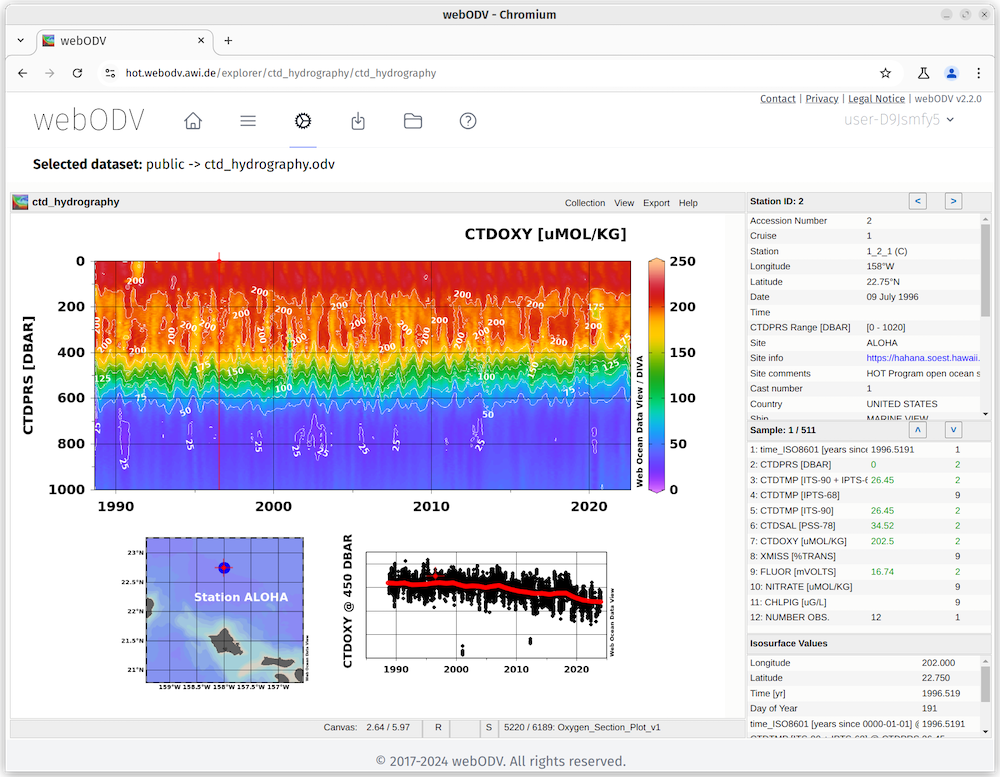 One of the longest running open ocean time-series on our planet, the Hawaii Ocean Time-series (HOT) can now be accessed using webODV at
One of the longest running open ocean time-series on our planet, the Hawaii Ocean Time-series (HOT) can now be accessed using webODV at 